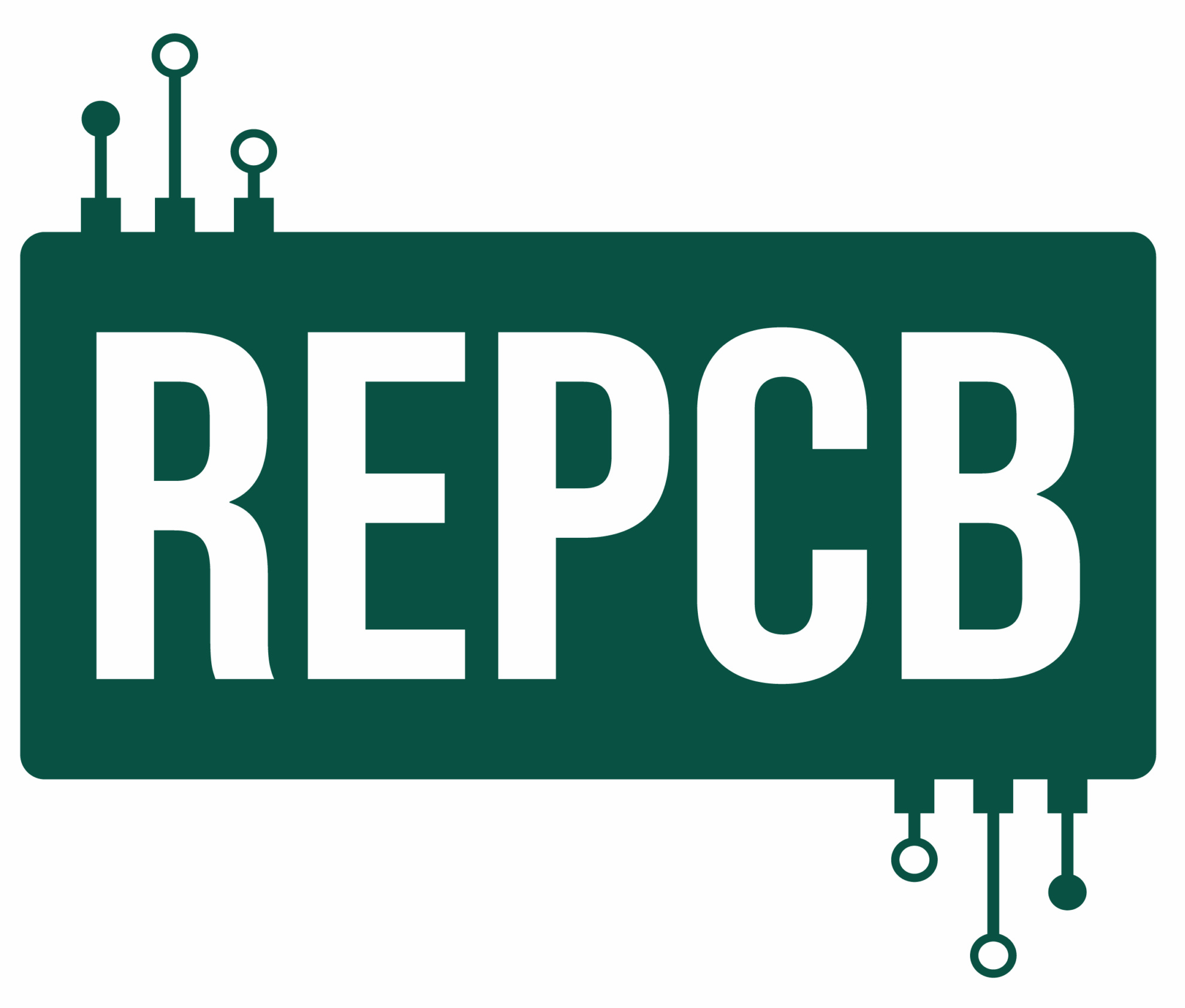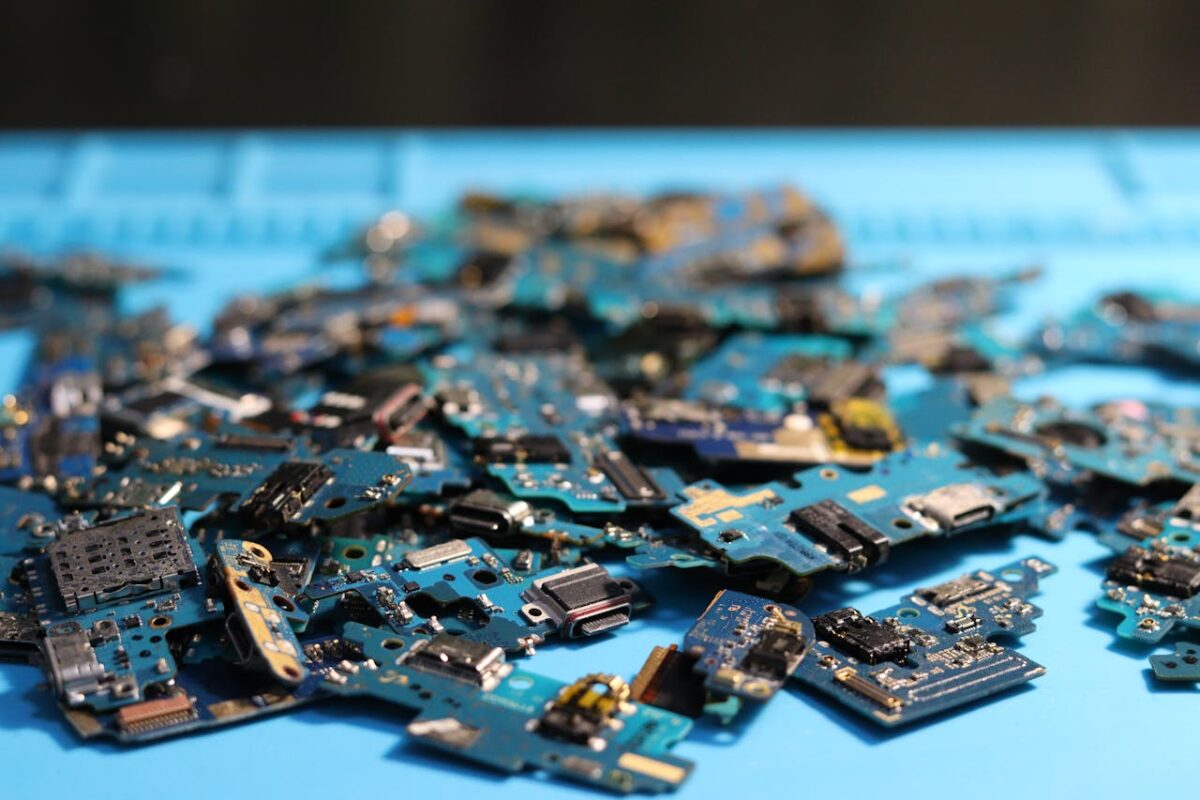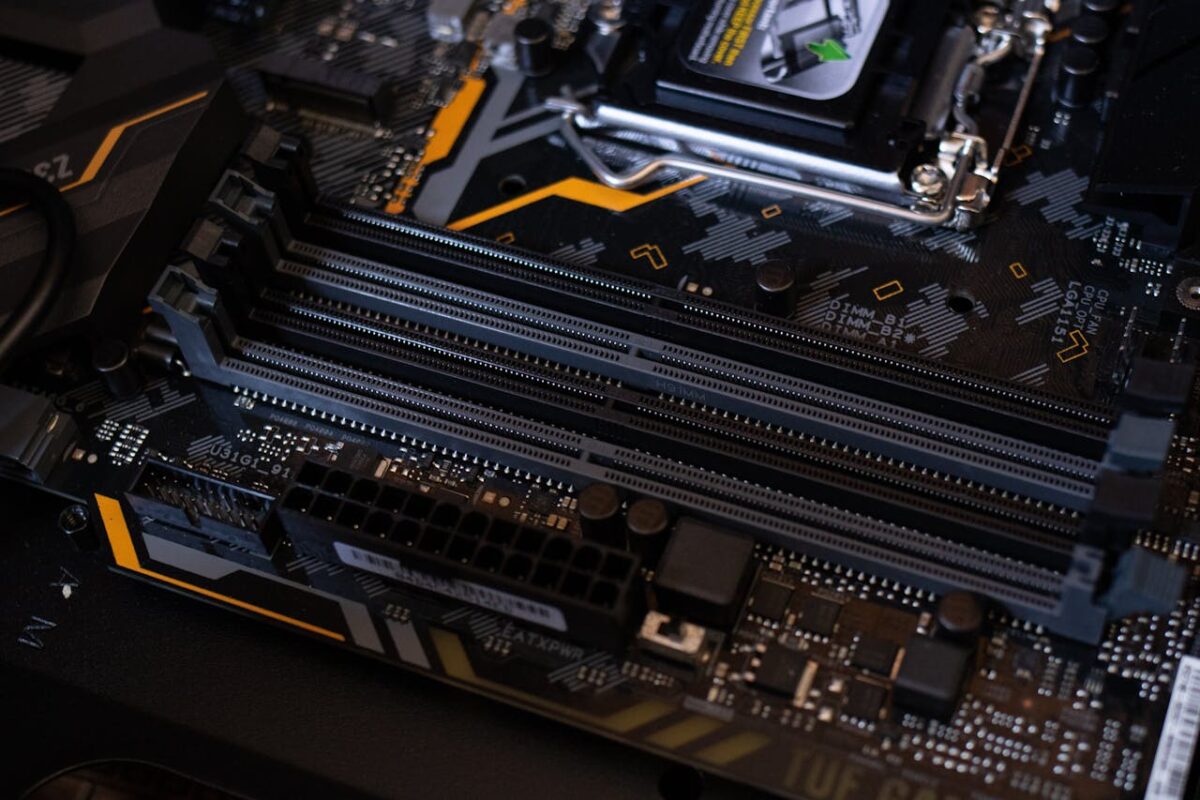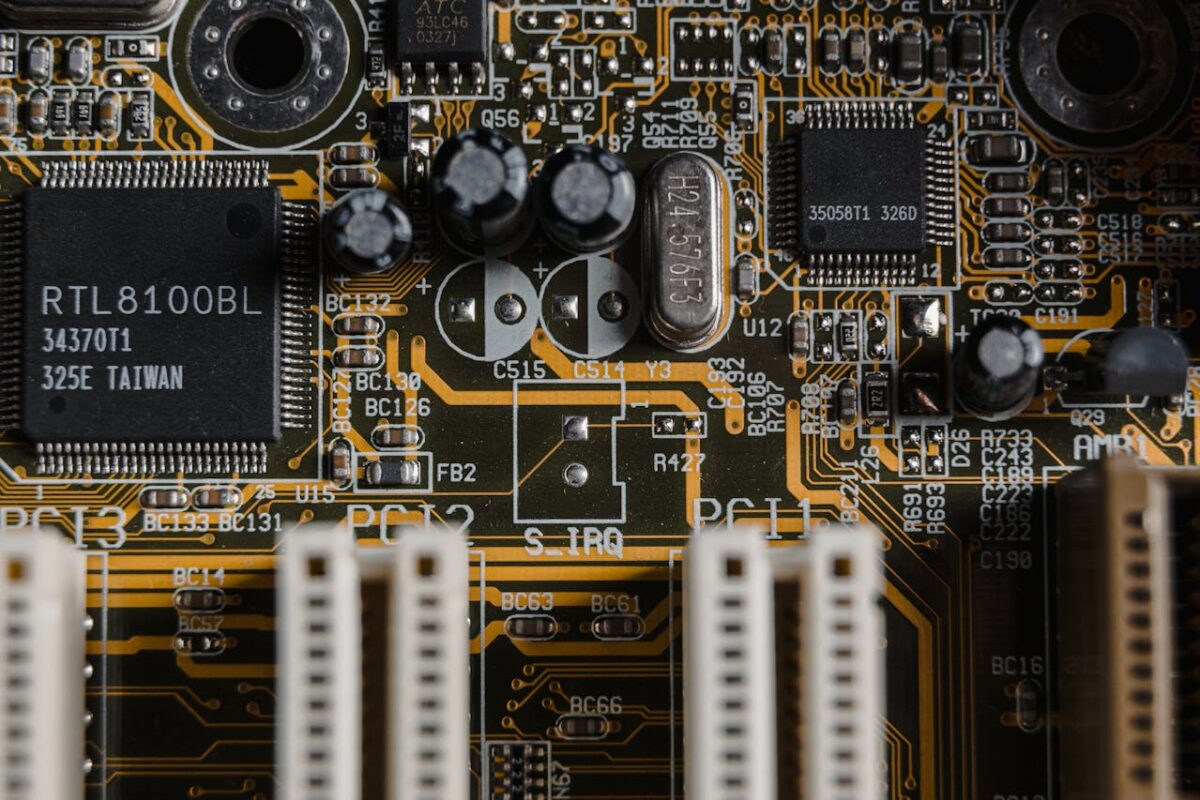Electronic Waste Statistics
repcb1
on
July 22, 2025
Key Takeaways...
- The report forecasts that global e-waste generation will rise to 82 million tonnes by 2030, a further 32% increase from 2022.
- In 2022, only 22.3% of global e-waste was documented as formally collected and recycled in an environmentally sound manner.
Electronic waste (e-waste) is the fastest-growing waste stream worldwide, driven by rapid technological advancements and increased consumer demand for electronic devices.
Understanding the scale of this issue is crucial for businesses, policymakers, and individuals aiming to manage e-waste responsibly and sustainably.
Global E-Waste Generation
- 62 million tonnes in 2022: According to the Global E-Waste Monitor 2024, a record 62 million tonnes of e-waste were produced globally in 2022, marking an 82% increase from 2010. ITU+6E-Waste Monitor+6WMW+6
- Projected 82 million tonnes by 2030: The report forecasts that global e-waste generation will rise to 82 million tonnes by 2030, a further 32% increase from 2022. DTP Group+4E-Waste Monitor+4WMW+4
Recycling Rates and Challenges
- 22.3% recycled in 2022: In 2022, only 22.3% of global e-waste was documented as formally collected and recycled in an environmentally sound manner. ITU+1E-Waste Monitor+1
- Regional disparities: Europe had the highest recycling rate at 42.8%, while Africa had less than 1% of e-waste formally collected and recycled. ITU
- Rare earth elements: Despite containing valuable materials like gold and copper, e-waste recycling currently meets only 1% of global demand for rare earth elements. UNITAR
Regional Insights
- Asia-Pacific: The Asia-Pacific region generated the highest amount of e-waste in 2021, with an estimated 25 million metric tons. Market.us Scoop
- Americas and Europe: The Americas and Europe also contributed significantly to global e-waste generation in 2021. Market.us Scoop
- China and the United States: In 2021, China was the largest generator of e-waste with approximately 10 million metric tons, followed by the United States with around 7 million metric tons. Market.us Scoop
Environmental and Economic Implications
- Valuable materials lost: Billions of dollars worth of strategically valuable resources are squandered or dumped due to inadequate recycling. CEP | Circular Electronics Partnership+2E-Waste Monitor+2UNITAR+2
- Pollution risks: Improper disposal of e-waste can lead to environmental pollution and health hazards, particularly in regions lacking proper recycling infrastructure.
WEEE Waste Statistics Summary
The statistics highlight a pressing need for improved e-waste management practices globally. While the generation of e-waste continues to rise, recycling rates remain insufficient to recover valuable materials and mitigate environmental impacts.
Efforts to enhance recycling infrastructure, promote consumer awareness, and implement effective policies are essential to address the growing e-waste challenge.




